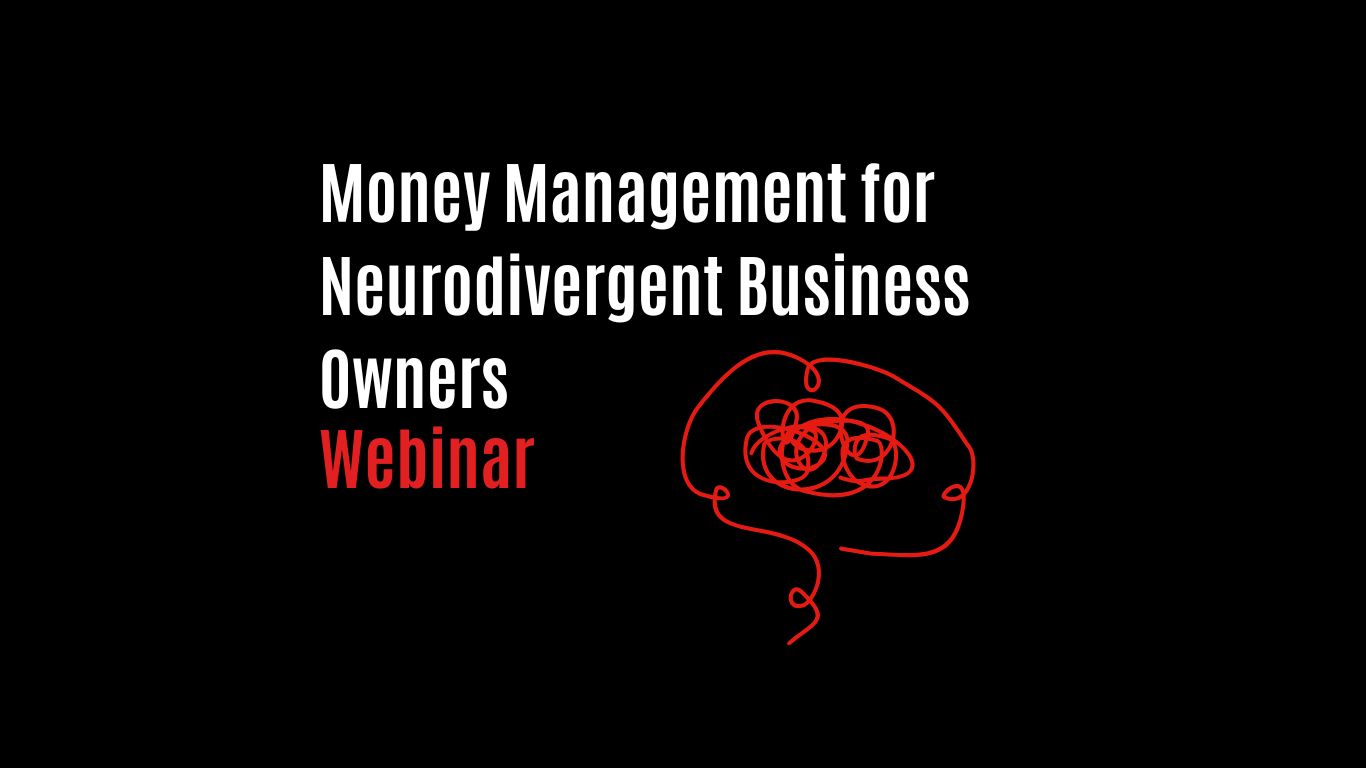The Chancellor’s recent announcement on Capital Gains Tax (CGT) brings notable changes for investors, property owners, and business owners across the UK. From higher rates on general gains to adjustments for property and carried interest, the changes may impact tax planning and investment strategies.
Here’s a breakdown of the key updates and how they might affect your financial plans:
Increased Capital Gains Tax Rates for Basic and Higher Rate Taxpayers
The Capital Gains Tax rates will increase for both lower and higher rate taxpayers. The lower CGT rate, which previously sat at 10%, will now rise to 18%. The higher rate of CGT, formerly at 20%, will increase to 24%. This rise means that individuals making gains above the annual CGT allowance will face higher tax liabilities on gains from the sale of assets, such as shares or personal possessions worth over £6,000 (excluding vehicles).
For those on the basic rate, this increase to 18% could mean significant tax implications if gains exceed the allowance. Higher rate taxpayers, meanwhile, will need to plan for the 24% rate on gains. Individuals and businesses with investment portfolios should review their positions to understand the impact of these changes and consider potential tax planning options, such as maximising the use of ISAs or reviewing portfolio structure.
Property and Capital Gains Tax
Gains from residential property sales will also be subject to these new Capital Gains Tax rates, with the same 18% and 24% applicable to lower and higher rate taxpayers. This adjustment continues to target property investments and second homes, areas already under scrutiny in recent years. Investors holding buy-to-let properties or second homes may see increased CGT bills and might consider assessing the financial impact before the new rates come into effect.
Carried interest, which primarily affects private equity and fund managers, will see its CGT rate rise to 32%. This substantial increase targets gains tied to investment performance, particularly in private equity structures. For fund managers and individuals benefiting from carried interest, the higher rate could substantially increase tax bills, encouraging some to consider strategic restructuring or exploring alternative investment vehicles.
Business Asset Disposal Relief: Higher Flat Rate with Existing Cap
Formerly known as Entrepreneurs’ Relief, Business Asset Disposal Relief (BADR) will continue to offer a £1 million lifetime cap, but the flat rate of Capital Gains Tax under this relief will increase from 10% to 18%. This adjustment means that entrepreneurs selling their businesses may face higher tax liabilities on gains from the disposal of business assets, though the relief’s cap remains in place.
This change impacts business owners planning exits or disposals, as they will need to account for the increased CGT rate under BADR. If you are considering selling your business, this rise in the flat rate could influence the timing and structure of your sale. Seeking advice on optimising tax exposure in light of the changes could be beneficial to secure the most favourable outcome.
Key Takeaways for Business Owners and Investors
With these increases in Capital Gains Tax rates, tax planning has become even more important. Business owners, property investors, and fund managers are advised to review their current holdings and future plans in light of the new CGT landscape. Strategies such as diversifying investment vehicles, reassessing property holdings, or timing asset disposals can help mitigate tax liabilities.
At Nordens, we’re here to help you navigate these changes with tailored advice. Whether you’re considering a business sale, property investment, or portfolio adjustment, our team can provide guidance on minimising your tax obligations and maximising your returns. Contact us to discuss how these CGT updates may affect your financial plans.
































































































































































































































































































































































































































































































